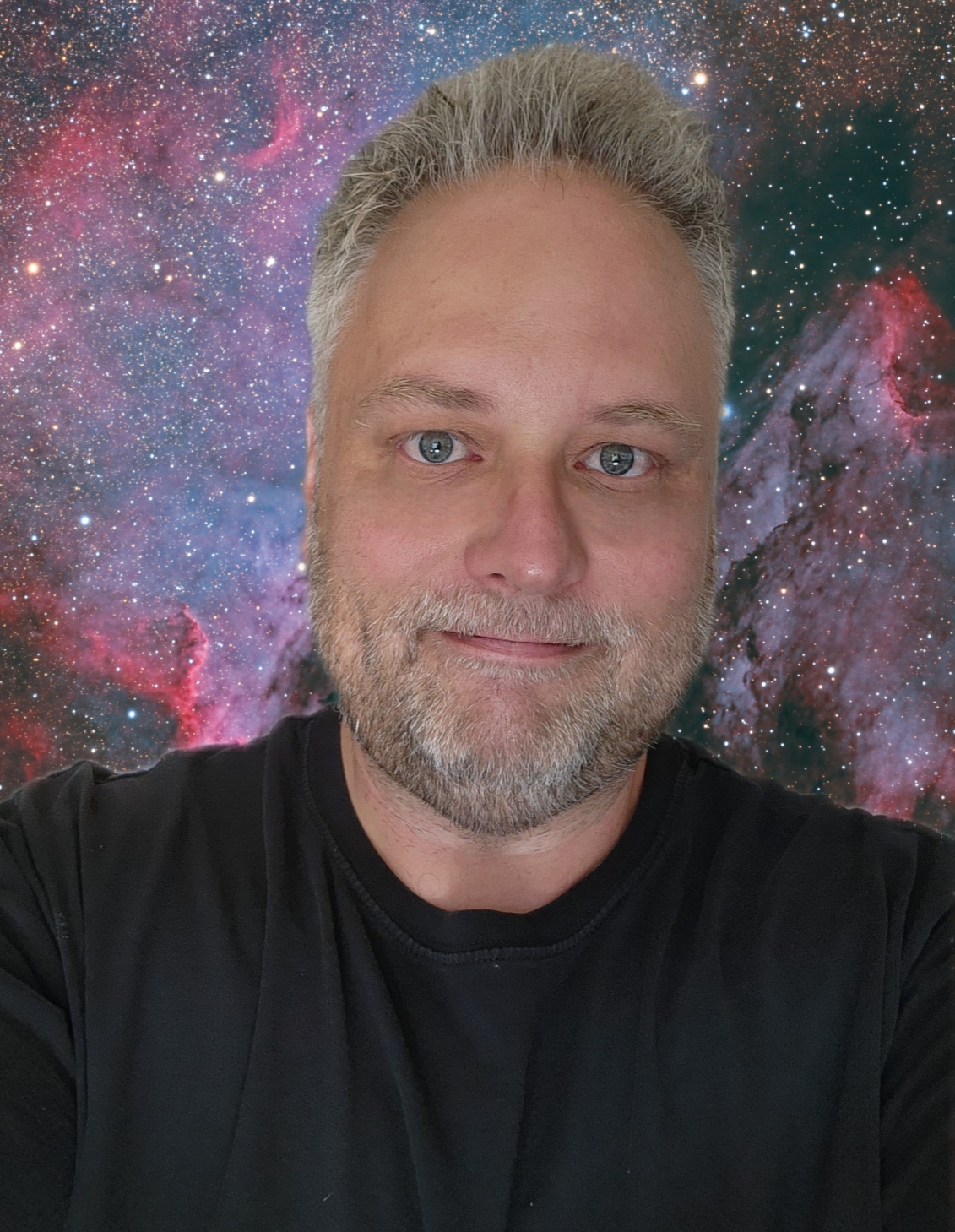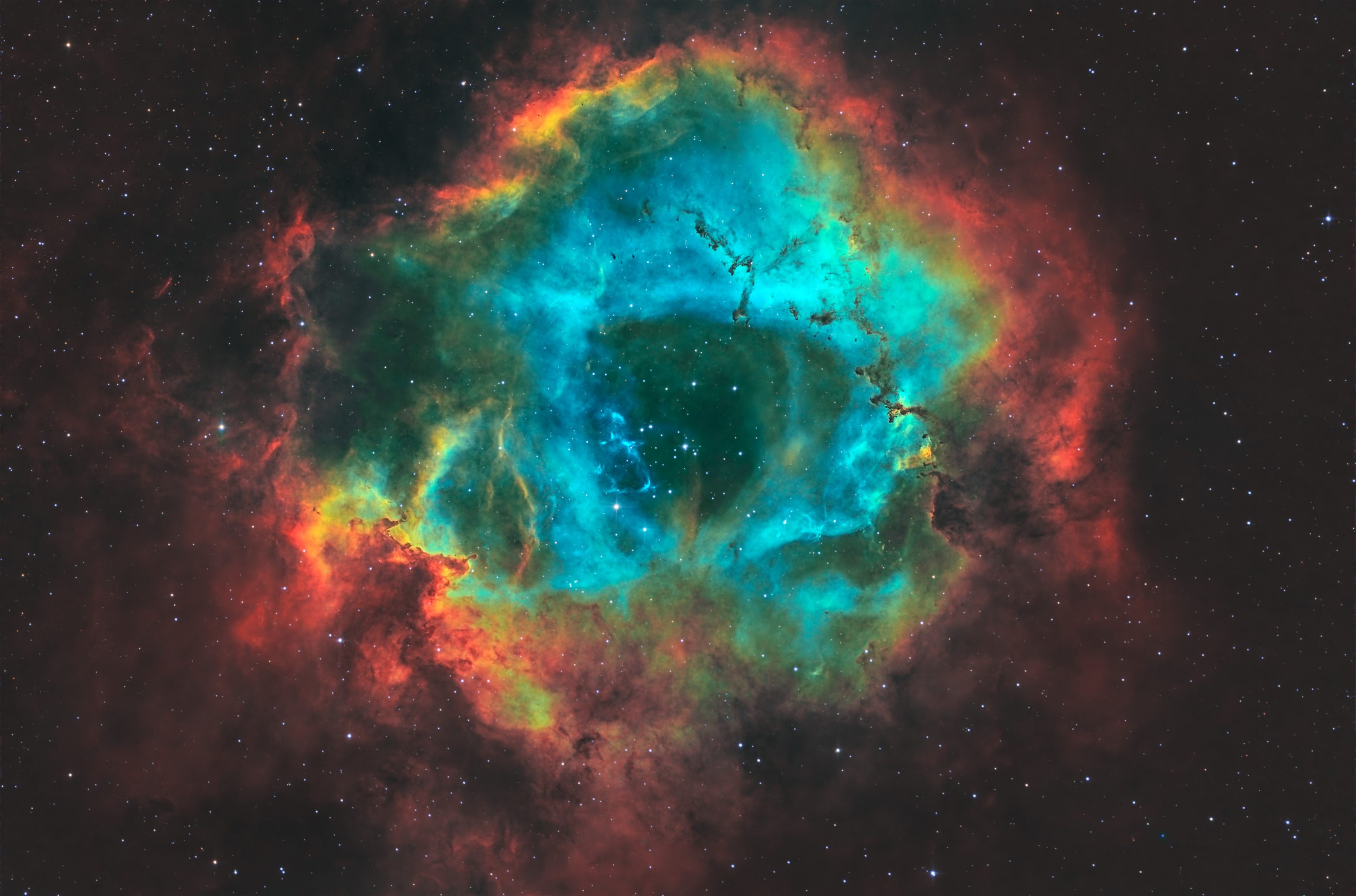No products in the cart.
The Rosette Nebula is one of the most beautiful and awe-inspiring sights in the night sky. This massive cloud of gas and dust is located in the Monoceros constellation and is estimated to be around 5,200 light-years away from Earth. Let’s delve deeper into the Rosette Nebula and explore its various components, its location, and when is the best time to view it from the mid-northern latitudes.
What is the Rosette Nebula?
The Rosette Nebula is a vast cloud of gas and dust that is illuminated by the light of nearby stars. It is named after its rosette-like shape, which is caused by the ionizing radiation emitted by the massive stars that are located at its center. The Rosette Nebula is believed to be one of the largest star-forming regions in the Milky Way galaxy, with hundreds of new stars being born within its boundaries.
How Far Away is the Rosette Nebula?
The Rosette Nebula is located approximately 5,200 light-years away from Earth. This means that the light that we see from the nebula today actually left it over 5,000 years ago. It is estimated to be around 130 light-years in diameter, making it one of the largest nebulae in our galaxy.
Components of the Rosette Nebula: H-alpha and Oxygen-3
The Rosette Nebula is composed of two main components, H-alpha and oxygen-3. H-alpha is a specific wavelength of light that is emitted by hydrogen gas when it is ionized. Oxygen-3 is also a specific wavelength of light that is emitted by oxygen atoms when they are ionized. These two components are responsible for the beautiful red and blue colors that we see in the Rosette Nebula.
Location and Best Time to View the Rosette Nebula
The Rosette Nebula is located in the Monoceros constellation, which is situated in the winter sky in the northern hemisphere. The best time to view the nebula is during the winter months, from November to February. At mid-northern latitudes, it can be seen in the east around 8 PM and stays visible until dawn. The best way to view the Rosette Nebula is with a telescope or binoculars, as its faint light can be difficult to see with the naked eye.
Other Interesting Facts About the Rosette Nebula
- The Rosette Nebula is believed to be around 1.5 million years old, making it a relatively young nebula.
- The nebula contains several massive stars, including the star cluster NGC 2244, which is located at its center.
- The Rosette Nebula is an active star-forming region, with hundreds of new stars being born within it every year.
- The nebula was first discovered by the French astronomer Pierre Méchain in 1780.
The Rosette Nebula is a breathtaking cosmic wonder that is definitely worth observing. Its unique shape and vibrant colors make it a popular target for amateur and professional astronomers alike. With its location in the Monoceros constellation and the best viewing time during the winter months, it is an excellent addition to any stargazing or astrophotography experience.
Image technical:
- Starfield Optics 8″ Astrograph (native F4) http://bit.ly/3WOrKsf
- Starizona NEXUS .75 reducer/coma corrector for F3 https://bit.ly/3MCijaB
- QHY268M CMOS Camera (https://bit.ly/3Aj23FE), 26mp, 3.76um @ -10C
- QHY CFW3-L 7 position https://bit.ly/3IiYoxY
- Optolong 3nm filters (Ha-OIII-SII) https://bit.ly/3WQd5N7
- Skywatcher EQ6 mount https://bit.ly/3jEonpC / Skyshed Pier (Skyshedpod.com)
- Pegasus Astro Focus Cube https://bit.ly/2NDdEb2
- NINA 2.0 for acquisition https://nighttime-imaging.eu/
- Processed in PixInsight
- Seeing and transparency: average to good
- Total integration time: 3hr (1min subs at high gain)
- Location: Kitchener, Ontario, Canada
Buying astro gear? Help support my efforts in bringing the astro community new content (videos, tutorials, tips, reviews) by using these affiliate links to purchase astro equipment. I’ll receive a small commission at no cost to you.
Ontario Telescope (Canada)
All-Star Telescope (Canada)
New to Pixinsight image processing? Get in touch! I provide one-on-one lessons via Zoom.
You can also buy me a coffee via…
https://paypal.me/visibledark or https://www.buymeacoffee.com/visibledark

My story began more than 40 years ago looking up at the Moon with a small telescope my Father had. Encouraged by my parents, who bought me my very own telescope, a 4.5″ reflector, I began to explore the night sky from my family home backyard. Today I do astrophotography from my home in Kitchener, Ontario and also with remote telescopes located in New Mexico and Australia. Some of my images have won awards and have been featured online and in magazines.



Leave a comment...